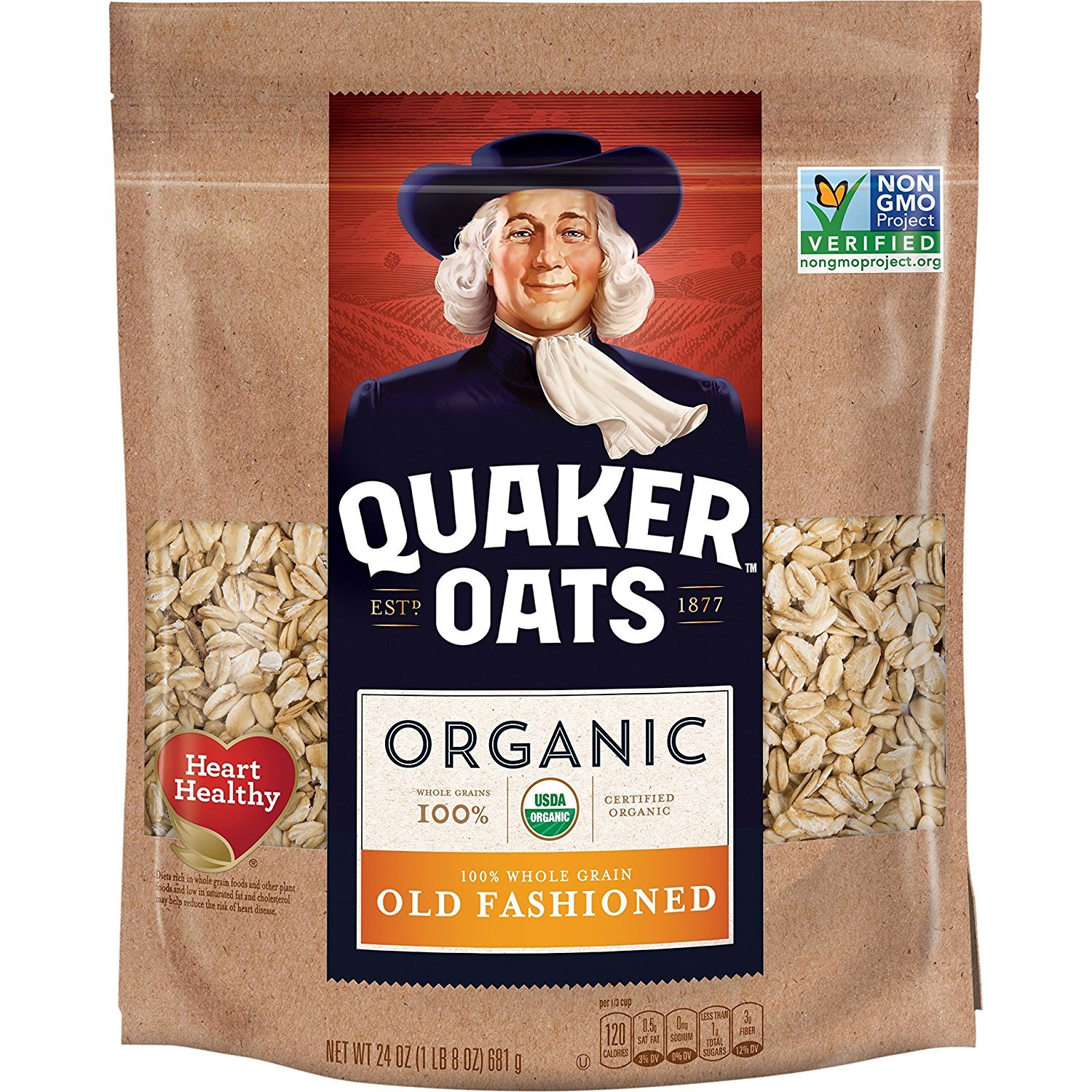KANSAS CITY — Several issues face food and beverage marketers promoting the use of non-GMO ingredients in their products. While consumer interest and demand remain steady, the future economic environment may pressure the market.
The International Food Information Council Foundation’s annual Food & Health Survey, published this past June, showed strong consumer interest in products formulated with non-GMO ingredients. When asked what product labels influence food and beverage purchases, non-GMO was the third most influential attribute behind natural and no added hormones or steroids and ahead of organic, locally sourced and pesticide free.
The IFIC study also asked respondents whether a label indicating a product contains bioengineered ingredients would affect their purchasing decision. Thirty-three percent indicated they would continue purchasing the product, and 35% said they would stop.
Marketers have been using a non-GMO positioning as a point of differentiation. This strategy has manifested in a variety of product categories, most recently meat alternatives.
Greenleaf Foods, Chicago, a business unit of Maple Leaf Foods, Inc., Toronto, and the maker of the Lightlife brand of plant-based meat alternatives, is promoting the “cleanliness” of its formulations. Using plant-based burgers as an example, the brand differentiates the 11 ingredients used to formulate its burger versus the “hyper-processed ingredients, GMOs, additives and fillers, and fake blood” used in competitor products.

“We believe the future of protein is cleaner, tastier and nutritionally superior,” said Dan Curtin, president of Lightlife Foods. “The Lightlife Burger is vegan certified, non-GMO certified, soy-free, gluten-free and kosher. We have sold more than 100 million servings of Lightlife products over the last 12 months, which tells me we are moving our brand in the right direction.”
Karen Formanksi, health and nutrition analyst with Mintel, Chicago, said food and beverage product launches with GMO-free claims have risen steadily in the past five years.
“Since 2015, GMO-free claims have been more abundant among new food and drink launches than organic claims; the instances of GMO-free claims are growing at a faster rate than organic claims as well,” she said.
Many organic food marketers are adding non-GMO label claims and certifications to their products despite the fact an organic certification should obviate the need, according to Mintel.
“Fifty-eight percent of food and beverage launches with an organic claim also make a GMO-free claim, and this number has increased since 2015,” Ms. Formanski said.
Consumer research conducted by Cargill, Minneapolis, found consumer attitudes about GMOs vary.
“We found parents were especially sensitive to GMOs when purchasing snack bars for their children,” said Pam Stauffer, global marketing programs manager for Cargill about the company’s Consumer Snack Research report. “Nearly 3 in 10 said they would avoid snack bars made with GMO ingredients, well ahead of other ingredients like high-fructose corn syrup (22%), caffeine (17%) or artificial ingredients (14%).”
Twenty-one percent of parents said they would avoid sweet baked treats with GMOs. A similar number indicated they would avoid GMOs in candy and salty snacks, according to Cargill.
“GMO ingredients were less of a concern when adults purchased snacks for themselves,” Ms. Stauffer said. “Just 12% of adults indicated they would avoid baked goods made with GMOs. Salty snacks and snack bars scored slightly higher.”
A webinar put on by The Hartman Group, Bellevue, Wash., this past June showed how consumer perceptions of technology may impact food and beverage purchasing decisions. The market research group found a majority of people want both natural food choices and scientific solutions to problems like climate change. In a survey, 66% of respondents said they want their food to be as natural as possible while 58% said they believe scientific and technological innovations can make food more sustainable.
GMOs, CRISPR technology and cellular meat all face some consumer skepticism. Thirty-five percent of consumers reported buying more non-GMO products than they did a year ago, according to The Hartman Group. Concern over glyphosate is hurting GMO perceptions as well, said Shelley Balanko, PhD, senior vice president for The Hartman Group.
“We see continued demand for ingredients derived from non-GMO and GMO crops,” said Jamie Mavec, marketing manager for Cargill. “While we believe GMOs are proven safe and help deliver a number of benefits (e.g. increased yields, sustainability). we also recognize that some consumers want choice when it comes to the ingredients used in the products they eat. The demand for choice also provides additional markets and options for producers.
“That’s why Cargill has adopted a ‘yes, and yes’ approach — we believe in the science and its benefits, and we understand that both science and consumer values drive decision making. We are working with our end-use customers to help deliver non-GMO food to consumers who are looking for that choice.”
A challenge manufacturers may face is products with a non-GMO positioning often have a higher price point compared to conventional products. An economic recession caused by the spread of the coronavirus (COVID-19) and subsequent shutdown of some parts of the economy may push consumers toward a more value-oriented mindset. But DeeAnn Rouiller, marketing research insights specialist for Cargill, said this may not be the case.
“In a typical economic downturn, we would expect consumers to back away from more expensive options like non-GMO and organic,” she said. “However, this is not just an economic crisis, it’s also a health crisis.
“We know that many consumers perceive non-GMO and organic products as healthier, and concerns about COVID-19 are driving them to look more closely at the healthfulness of their overall diet. In this environment, non-GMO and organic claims may offer consumers the additional reassurances they are seeking.”





